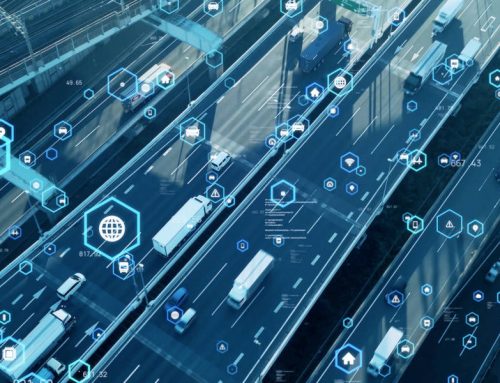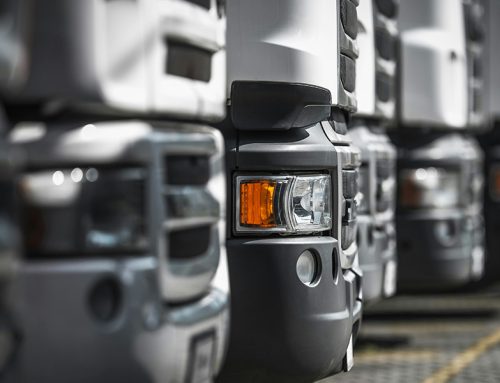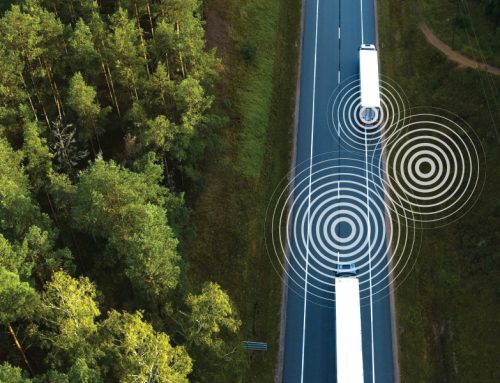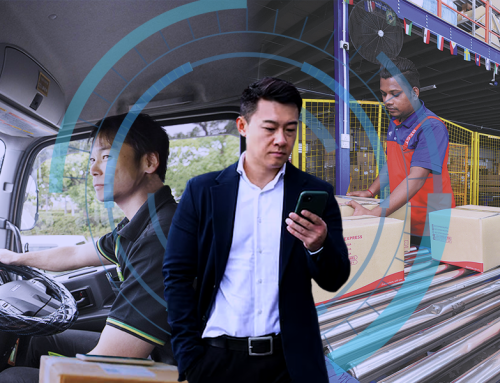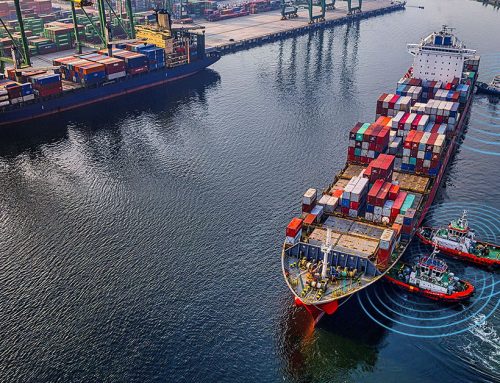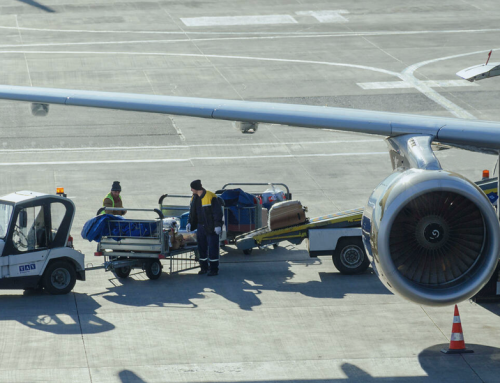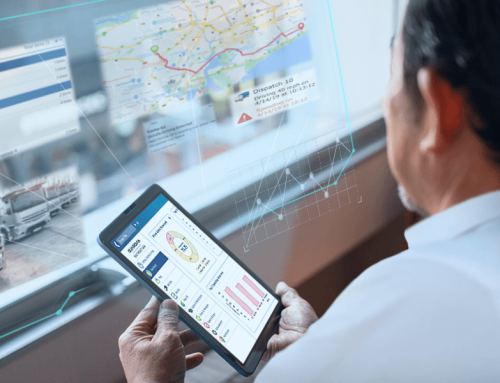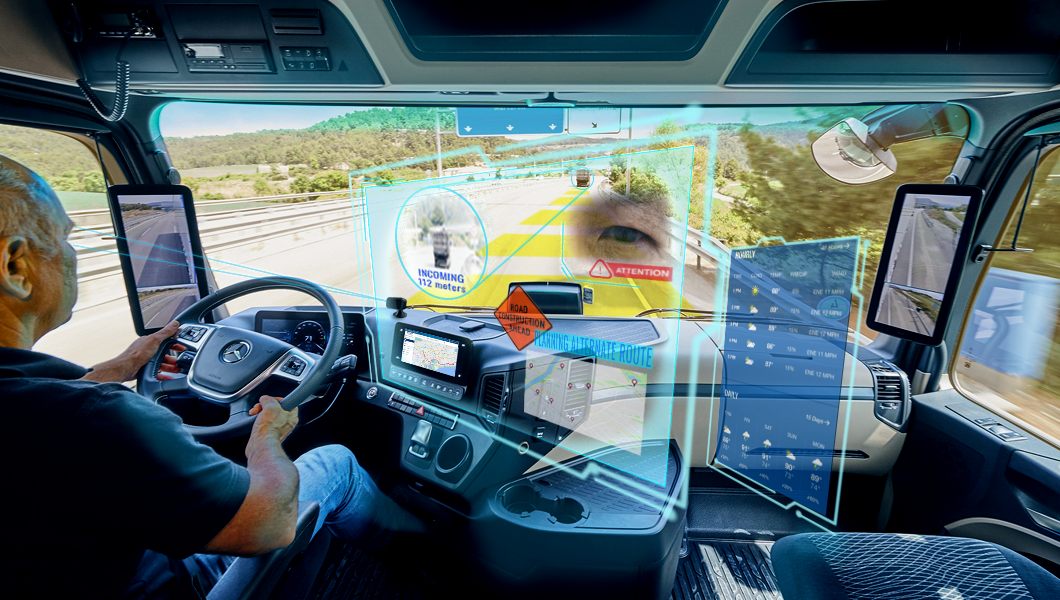
The oil and gas industry is the lifeblood of many Southeast Asian economies. But beneath the surface of this essential sector lies a harsh reality: onshore operations are inherently risky. Workers navigate unforgiving landscapes, contend with hazardous materials, and often endure long hours behind the wheel. In this environment, ensuring driver safety becomes crucial.
Guardian understands the critical role driver safety plays in the success of the Southeast Asian oil and gas industry. They are committed to providing innovative fleet management solutions that empower companies to mitigate risks and create a safer working environment for their drivers.
Let’s examine the high-risk nature of onshore operations and how Guardian’s technology can help navigate these challenges.
Challenges and Guardian Solutions
- Combating Driver Fatigue & Drowsiness: Guardian’s Driver Monitoring Systems (DMS) utilize sophisticated algorithms to identify signs of fatigue and drowsiness, including yawning, helping drivers maintain focus and fight off microsleeps.
- Minimizing Distractions: Real-time monitoring through DMS empowers immediate intervention for risky behaviors, particularly phone use. Guardian systems can issue audio warnings and even upload video evidence via cloud-based dashcams, promoting a comprehensive safety strategy with alerts and notifications for managers.
- Collision Prevention with Advanced Driver-Assistance Systems (ADAS): Guardian’s ADAS equips drivers with crucial hazard detection capabilities, preventing costly accidents and safeguarding personnel and assets. By reducing avoidable collisions and minimizing downtime, ADAS promotes a proactive approach to safety and operational efficiency.
- Enhancing Driver Performance with In-Vehicle Monitoring Systems (IVMS): Guardian’s IVMS utilizes a comprehensive suite of tracking tools to improve driver behavior. This data allows companies to optimize fleet operations by monitoring fuel consumption, identifying maintenance needs early, and prioritizing safety through custom reporting. IVMS also facilitates driver training by seamlessly integrating dash cameras for reviewing high-definition footage.
These are just challenges Guardian’s technology helps address. By providing a scalable and trustworthy fleet management platform, Guardian empowers businesses to streamline processes and achieve their unique safety goals.
The Future of Driver Safety: IoT and Predictive Analytics
While Guardian’s current offerings provide a strong foundation for driver safety, the future holds even greater potential. The rise of the Internet of Things (IoT) is revolutionizing how they collect and utilize data, and Guardian is poised to leverage this technology for even more comprehensive fleet management.
Integrating the Internet of Things (IoT) will allow real-time vehicle health monitoring and environmental conditions. Imagine a system that detects a mechanical issue or a sudden drop in tire pressure, prompting drivers to take precautionary measures. Predictive analytics takes this a step further. With Guardian utilizing this technology, they can anticipate potential risks and proactively address them by analyzing historical data on driver behavior, routes, and weather patterns. Imagine a system that alerts drivers of upcoming hazardous weather conditions or reroutes them around known accident blackspots.
Investing in Safety: A Sound Business Decision
Accidents lead to costly downtime, vehicle repairs, and potential legal repercussions. By implementing a comprehensive driver safety program that leverages DMS, ADAS, IVMS, and future technologies, oil and gas companies can significantly reduce accidents, enhance emergency response capabilities, and ensure a safer, more productive work environment for everyone.
Investing in driver safety isn’t just about ethics. It’s a strategic financial decision for oil and gas companies.
Accidents trigger a cascade of negative consequences, impacting everything from downtime and repair costs to potential legal repercussions. Guardian’s technology offers a compelling solution, leveraging a multi-pronged approach combining real-time monitoring and preventative intervention. Looking ahead, the integration of IoT and predictive analytics promises to further revolutionize driver safety, enabling companies to anticipate and mitigate risks before they even occur. The cost-benefit analysis is proven to be a safer driving environment translates directly to a more efficient and productive workforce, ultimately boosting a company’s bottom line.
The potential benefits are undeniable. By embracing a data-driven approach to driver safety, oil and gas companies in Southeast Asia can unlock a future where productivity and safety go hand-in-hand.
Ready to take the first step towards a safer, more productive future for your oil and gas operations? Visit www.guardiansea.com today for a consultation for pricing or a demo to explore how their data-driven solutions can empower your drivers and your goals toward safety.
